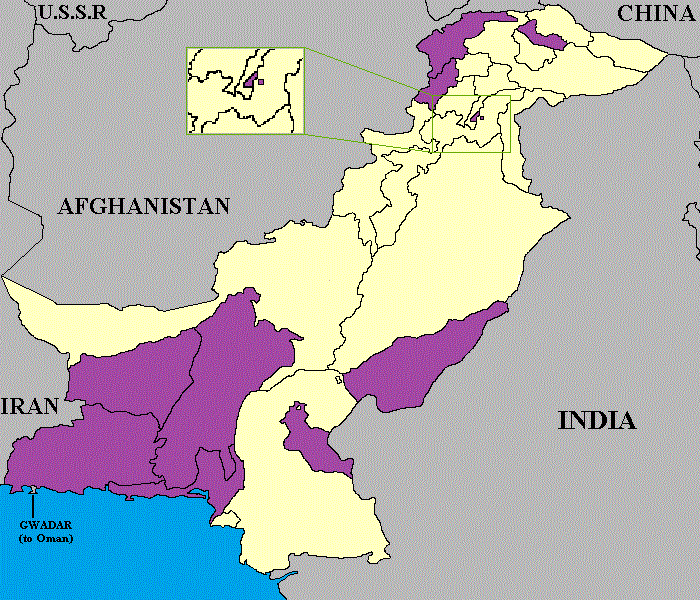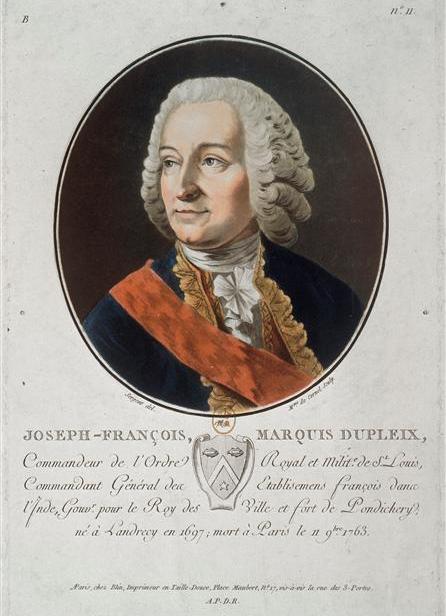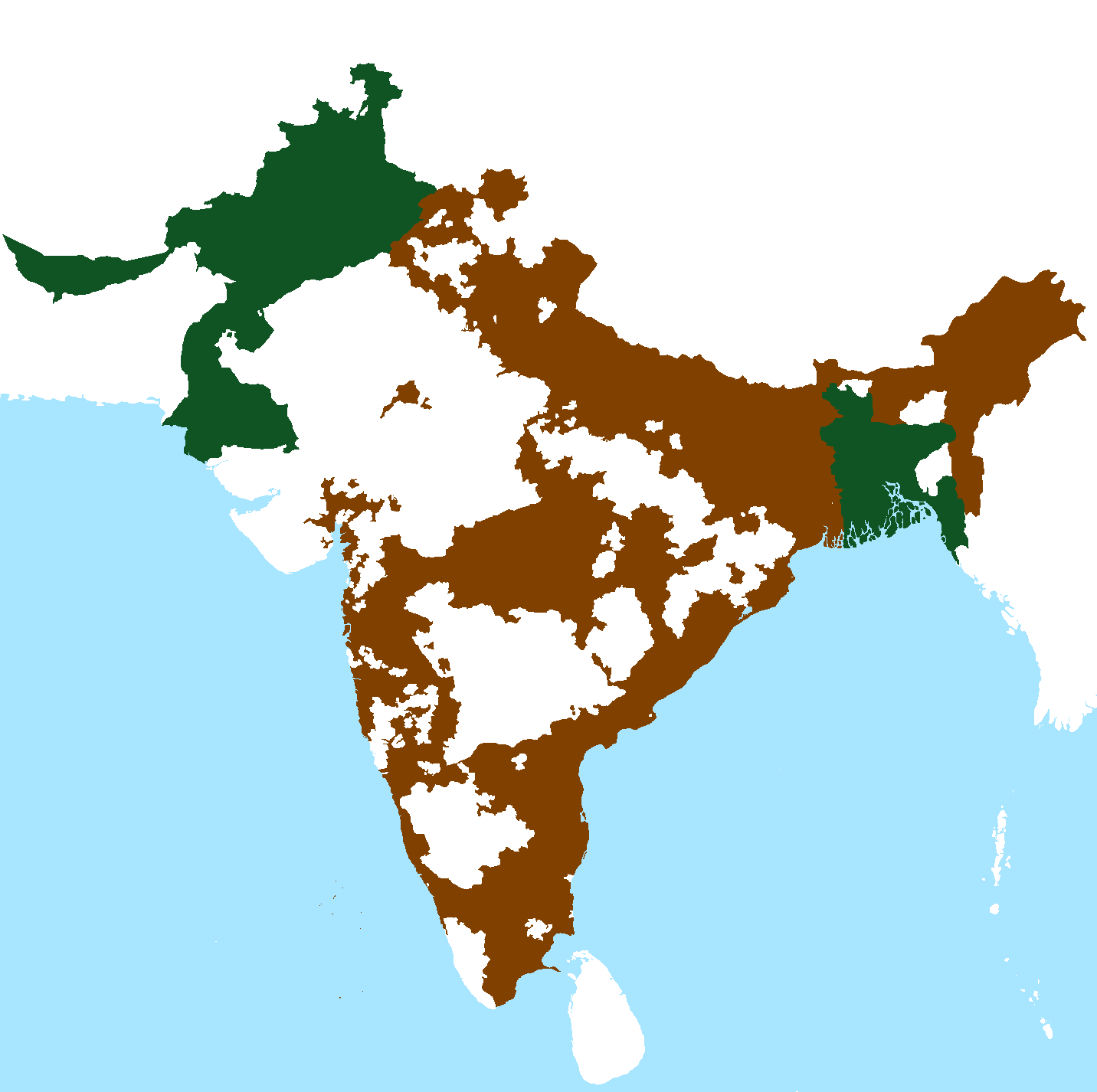|
Ahmad Yar Khan
Khan Mir Ahmad Yar Khan Ahmedzai (1902–1979), commonly referred to as "Yar Khan", was the last Khan of Kalat, a princely state within British India and the Dominion of Pakistan, serving from 10 September 1933 to 14 October 1955. Life In the 1920s, Ahmad Yar served as an agent of the British intelligence service, reporting on Russian influence and the spread of pro-Marxist sympathy among the poorer Baloch subjects. He assumed the throne of the Khanate of Kalat in 1933 and was decorated by the British in the 1936 New Year Honours as a Knight Grand Commander of the Most Eminent Order of the Indian Empire (GCIE). With the withdrawal of the British from the Indian subcontinent in August 1947, the Indian Independence Act provided that the princely states which had existed alongside but outside British India were released from all their subsidiary alliances and other treaty obligations to the British, while at the same time the British withdrew from their obligations to defend ... [...More Info...] [...Related Items...] OR: [Wikipedia] [Google] [Baidu] |
Khan Of Kalat
The Khanate of Kalat ( bal, کلاتءِ ھانات) was a Baloch Khanate that existed from 1512 to 1955 in the centre of the modern-day province of Balochistan, Pakistan. Its rulers were Brahui speakers. Prior to that they were subjects of Mughal King Akbar."Baluchistan" ''Imperial Gazetteer of India'' Vol. 6p. 277 from the Digital South Asia Library, accessed 15 January 2009 Mehrab Khan II Ahmedzai ruled the state independently until 1839, when he was killed by the British and Kalat became a self-governing state in a subsidiary alliance with British India. After the signature of the Treaty of Kalat by the Khan of Kalat and the Baloch Sardars in 1875, the supervision of Kalat was the task of the Baluchistan Agency. Kalat was briefly independent again from 12 August 1947 until 27 March 1948, when its ruler Ahmad Yar Khan acceded to Pakistan, making it one of the Princely states of Pakistan. In 1638, a Baloch state was established at Kalat under a hereditary Khan, bu ... [...More Info...] [...Related Items...] OR: [Wikipedia] [Google] [Baidu] |
Pashto
Pashto (,; , ) is an Eastern Iranian language in the Indo-European language family. It is known in historical Persian literature as Afghani (). Spoken as a native language mostly by ethnic Pashtuns, it is one of the two official languages of Afghanistan alongside Dari,Constitution of Afghanistan �''Chapter 1 The State, Article 16 (Languages) and Article 20 (Anthem)''/ref> and it is the second-largest provincial language of Pakistan, spoken mainly in Khyber Pakhtunkhwa and the northern districts of Balochistan. Likewise, it is the primary language of the Pashtun diaspora around the world. The total number of Pashto-speakers is at least 40 million, (40 million) although some estimates place it as high as 60 million. Pashto is "one of the primary markers of ethnic identity" amongst Pashtuns. Geographic distribution A national language of Afghanistan, Pashto is primarily spoken in the east, south, and southwest, but also in some northern and western parts of the country. The ... [...More Info...] [...Related Items...] OR: [Wikipedia] [Google] [Baidu] |
Princely States Of Pakistan
The princely states of Pakistan ( ur, ; sd, پاڪستان جون نوابي رياستون) were princely states of the British Indian Empire which acceded to the new Dominion of Pakistan between 1947 and 1948, following the partition of British India and its independence. At the time of the withdrawal of British forces from the subcontinent on 15 August 1947, West Pakistan was less than half of its ultimate size. It took a year of negotiations and accidents to bring the princely states into Pakistan, and a long process of integration followed. Options of the Princes With the withdrawal of the British from the Indian subcontinent, in 1947, the Indian Independence Act provided that the hundreds of princely states which had existed alongside but outside British India were released from all their subsidiary alliances and other treaty obligations to the British, while at the same time the British withdrew from their treaty obligations to defend the states and keep the pea ... [...More Info...] [...Related Items...] OR: [Wikipedia] [Google] [Baidu] |
Sardar Patel
Vallabhbhai Jhaverbhai Patel (; ; 31 October 1875 – 15 December 1950), commonly known as Sardar, was an Indian lawyer, influential political leader, barrister and statesman who served as the first Deputy Prime Minister and Home Minister of India from 1947 to 1950. He was a barrister and a senior leader of the Indian National Congress, who played a leading role in the country's struggle for independence, guiding its integration into a united, independent nation. In India and elsewhere, he was often called ''Sardar'', meaning "chief" in Hindi, Urdu, Bengali and Persian. He acted as the Home Minister during the political integration of India and the Indo-Pakistani War of 1947. Patel was born in Nadiad, Kheda district, and raised in the countryside of the state of Gujarat. He was a successful lawyer. One of Mahatma Gandhi's earliest political lieutenants, he organised peasants from Kheda, Borsad, and Bardoli in Gujarat in non-violent civil disobedience against the British Raj ... [...More Info...] [...Related Items...] OR: [Wikipedia] [Google] [Baidu] |
Ishtiaq Ahmed (political Scientist)
Ishtiaq Ahmed ( ur, ; born 24 February 1947) is a Swedish political scientist and author of Pakistani descent. He holds a PhD in Political Science from Stockholm University. He is Professor Emeritus of Political Science at Stockholm University.Entry with the University of Stockholm's homepage He is also Honorary Senior Fellow of the Institute of South Asian Studies at the National University of Singapore. He was a Visiting Research Professor at the Institute of South Asian Studies (ISAS), and at the South Asian Studies Programme, |
Dominion Of India
The Dominion of India, officially the Union of India,* Quote: “The first collective use (of the word "dominion") occurred at the Colonial Conference (April to May 1907) when the title was conferred upon Canada and Australia. New Zealand and Newfoundland were afforded the designation in September of that same year, followed by South Africa in 1910. These were the only British possessions recognized as Dominions at the outbreak of war. In 1922, the Irish Free State was given Dominion status, followed by the short-lived inclusion of India and Pakistan in 1947 (although India was officially recognized as the Union of India). The Union of India became the Republic of India in 1950, while the became the Islamic Republic of Pakistan in 1956.” was an independent dominion in the British Commonwealth of Nations existing between 15 August 1947 and 26 January 1950. Until its independence, India had been ruled as an informal empire by the United Kingdom. The empire, also called the Britis ... [...More Info...] [...Related Items...] OR: [Wikipedia] [Google] [Baidu] |
Subsidiary Alliance
A subsidiary alliance, in South Asian history, was a tributary alliance between a South Asian state and a European East India Company. Under this system, an Indian ruler who formed a treaty with the company in question would be provided with protection against any external attacks. In return, the ruler was required to: * keep the company's army at the capital of their state, * give either money or territory to the company for the maintenance of the troops, * expel all other Europeans from their state, whether they were employed in the army or in the civil service, * keep a European official called 'resident' at the capital of their state who would oversee all negotiations and communications with other states, meaning that the ruler was to have no direct correspondence or relations with other states, without the resident's approval. The ruler was also forbidden from maintaining a standing army or waging wars. Development The system of subsidiary alliances was pioneered b ... [...More Info...] [...Related Items...] OR: [Wikipedia] [Google] [Baidu] |
Princely States
A princely state (also called native state or Indian state) was a nominally sovereign entity of the British Indian Empire that was not directly governed by the British, but rather by an Indian ruler under a form of indirect rule, subject to a subsidiary alliance and the suzerainty or paramountcy of the British crown. There were officially 565 princely states when India and Pakistan became independent in 1947, but the great majority had contracted with the viceroy to provide public services and tax collection. Only 21 had actual state governments, and only four were large (Hyderabad State, Mysore State, Jammu and Kashmir State, and Baroda State). They acceded to one of the two new independent nations between 1947 and 1949. All the princes were eventually pensioned off. At the time of the British withdrawal, 565 princely states were officially recognised in the Indian subcontinent, apart from thousands of zamindari estates and jagirs. In 1947, princely states covered 40% ... [...More Info...] [...Related Items...] OR: [Wikipedia] [Google] [Baidu] |
Indian Independence Act 1947
The Indian Independence Act 1947 947 CHAPTER 30 10 and 11 Geo 6is an Act of the Parliament of the United Kingdom that partitioned British India into the two new independent dominions of India and Pakistan. The Act received Royal Assent on 18 July 1947 and thus modern-day India and Pakistan, comprising west (modern day Pakistan) and east (modern day Bangladesh) regions, came into being on 15 August. The legislature representatives of the Indian National Congress, the Muslim League, and the Sikh community came to an agreement with Lord Mountbatten on what has come to be known as the ''3 June Plan'' or ''Mountbatten Plan''. This plan was the last plan for independence. Prelude Attlee's announcement Clement Attlee, the Prime Minister of the United Kingdom, announced on 20 February 1947 that: #The British Government would grant full self-government to British India by 30 June 1948 at the latest, #The future of the Princely States would be decided after the date of final transfer ... [...More Info...] [...Related Items...] OR: [Wikipedia] [Google] [Baidu] |
Indian Subcontinent
The Indian subcontinent is a list of the physiographic regions of the world, physiographical region in United Nations geoscheme for Asia#Southern Asia, Southern Asia. It is situated on the Indian Plate, projecting southwards into the Indian Ocean from the Himalayas. Geopolitically, it includes the countries of Bangladesh, Bhutan, India, Maldives, Nepal, Pakistan, and Sri Lanka."Indian subcontinent". ''Oxford Dictionary of English, New Oxford Dictionary of English'' () New York: Oxford University Press, 2001; p. 929: "the part of Asia south of the Himalayas which forms a peninsula extending into the Indian Ocean, between the Arabian Sea and the Bay of Bengal. Historically forming the whole territory of Greater India, the region is now divided into three countries named Bangladesh, India and Pakistan." The terms ''Indian subcontinent'' and ''South Asia'' are often used interchangeably to denote the region, although the geopolitical term of South Asia frequently includes Afghanist ... [...More Info...] [...Related Items...] OR: [Wikipedia] [Google] [Baidu] |
Order Of The Indian Empire
The Most Eminent Order of the Indian Empire is an order of chivalry founded by Queen Victoria on 1 January 1878. The Order includes members of three classes: #Knight Grand Commander (GCIE) #Knight Commander ( KCIE) #Companion ( CIE) No appointments have been made since 1947, the year that British India gained independence as the Union of India and Dominion of Pakistan. With the death of the last surviving knight, the Maharaja Meghrajji III of Dhrangadhra, the order became dormant in 2010. The motto of the Order is ''Imperatricis auspiciis'', (Latin for "Under the auspices of the Empress"), a reference to Queen Victoria, the first Empress of India. The Order is the junior British order of chivalry associated with the British Indian Empire; the senior one is The Most Exalted Order of the Star of India. History The British founded the Order in 1878 to reward British and native officials who served in British India. The Order originally had only one class (Companion), but exp ... [...More Info...] [...Related Items...] OR: [Wikipedia] [Google] [Baidu] |
1936 New Year Honours
The 1936 New Year Honours were appointments by King George V to various orders and honours to reward and highlight good works by citizens of the United Kingdom and British Empire. They were announced on 31 December 1935. The recipients of honours are displayed here as they were styled before their new honour, and arranged by honour, with classes (Knight, Knight Grand Cross, ''etc.'') and then divisions (Military, Civil, ''etc.'') as appropriate. United Kingdom and British Empire Viscount *The Right Honourable Ernest Murray, Baron Hanworth Lately Master of the Rolls. *Marshal of the Royal Air Force Hugh Montague, Baron Trenchard Lately Commissioner of Metropolitan Police. Baron *Sir Arthur Shirley Benn Member of Parliament for the Drake Division of Plymouth, 1910–29, and for the Park Division of Sheffield, 1931-35. For political and public services. *Sir James Gomer Berry For political and public services. *Sir Thomas Sivewright Catto For public services. *The Right ... [...More Info...] [...Related Items...] OR: [Wikipedia] [Google] [Baidu] |




.jpg)




.png)
